
(Photo: Alex Webb/Magnum Photos)
Houston is a window into the future of America. In 1970, the city was an oil town that was about one-quarter black and three-quarters white, with just a smattering of folks of other origins. Since the oil-price bust of 1982, however, growth in the city and metropolitan area has come almost entirely from influxes of African, Asian, and especially Latino Americans. These new Houstonians came to work in construction and service, and as professionals in the expanding Texas Medical Center. During the same period, the white population, much of which had originally come to the region for oil jobs, hardly grew at all.
The result? What was once a “biracial Southern city,” as Rice University sociologist Stephen Klineberg put it, is now one of America’s most diverse metropolitan areas. In fact, by one measure of diversity—how evenly distributed the population is between blacks, whites, Latinos, and Asians—it beats out New York and Los Angeles. By 2060, the Census Bureau predicts the country will follow, roughly, in Houston’s footsteps, with no single race claiming a majority of the population.

(Photo: Peter Van Agtmael/Magnum Photos)
What have these demographic shifts meant for Houston, and what will they do to the country? As the city’s demographic make-up shifted, so did its attitudes. Houstonians became slightly more likely to be Democrats, and slightly less likely to be Republicans. With every passing year, their support for immigrants, including the undocumented, grows. There were tensions initially because some longtime residents worried that the new immigrants wouldn’t assimilate, says Klineberg, who has lived in the city for 45 years and surveyed its residents regularly since 1982. But as a generation of United States-born children grew up, he saw those worries fade. “It’s very hard to summon up fears of perfect-English-speaking people,” he says. “We are falling in love with each other, marrying, making multiracial babies, in a way that transforms the whole experience.” It helped that Houston had plenty of land to develop, so many residents didn’t see the racial composition of their neighborhoods change drastically: Some research has shown that these type of shifts can make people less willing to pay taxes for public goods, such as infrastructure and schools.
Klineberg thinks the city’s newest residents helped it survive in the wake of the oil bust, during which more than 225,000 people lost their jobs and hundreds of Texas banks failed. Although some research indicates that diversity can reduce community trust and engagement, some economists think that ethnic diversity in cities helps make them more productive, perhaps because workers of different backgrounds have disparate ideas and skills. At least in classrooms, diversity has been shown to promote more innovative thinking. Other studies show cities with significant numbers of foreign-born residents tend to grow faster than cities without them, and to support higher average wages for native-born residents (although some people may take a pay cut). There’s even evidence that, in some cases, immigrants can help revive cities on the decline.
“If Houston had not become a magnet for the new urban growth of the last 30 years, Houston would have lost population, would have had the same fate as other major American cities that are losing their statuses as major cities because they’ve basically stopped growing for 35 years: Philadelphia, Baltimore, Pittsburgh, St. Louis, Detroit,” Klineberg says. “No city has benefited from immigration more than Houston, Texas.”

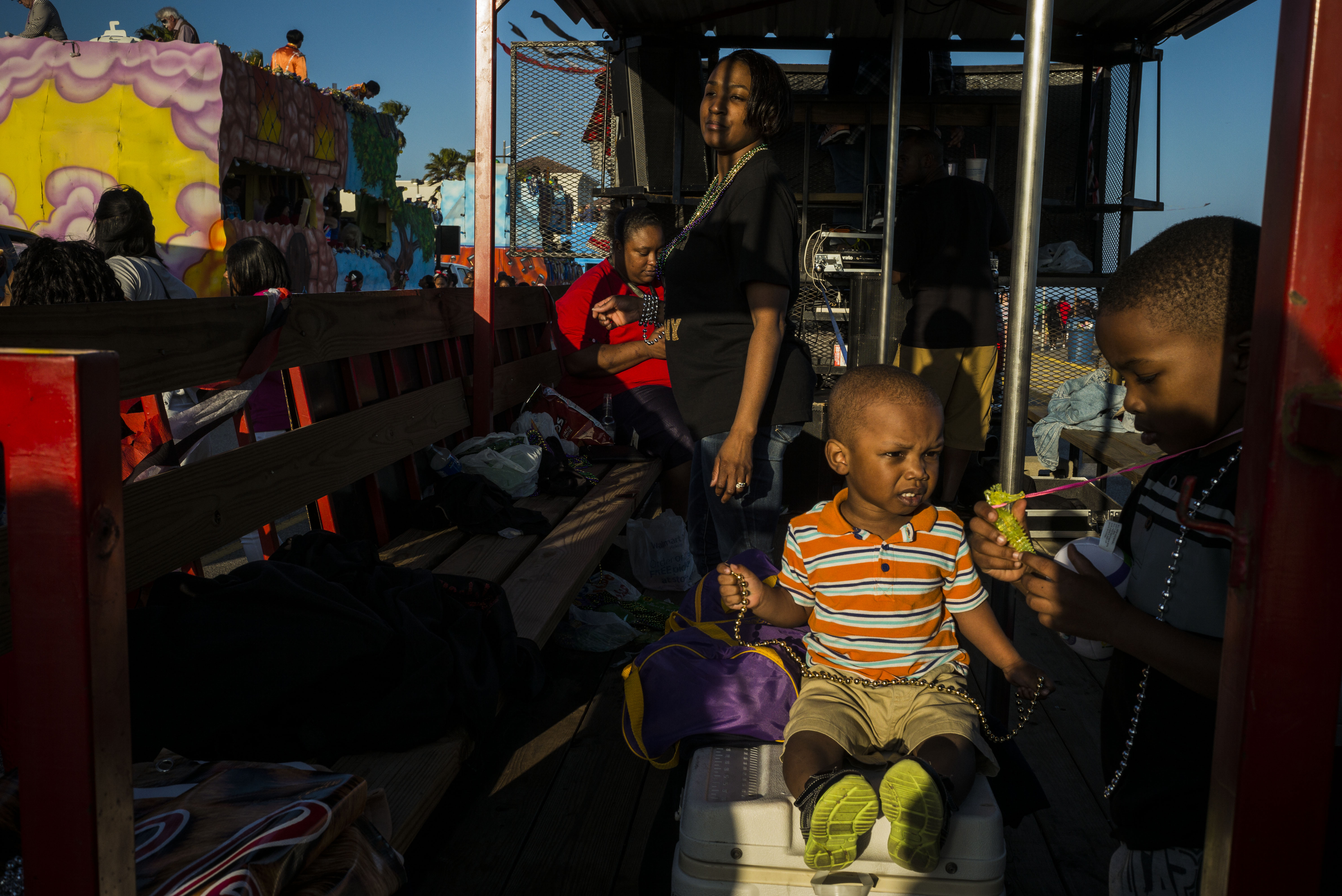
(Photo: Alex Webb/Magnum Photos)
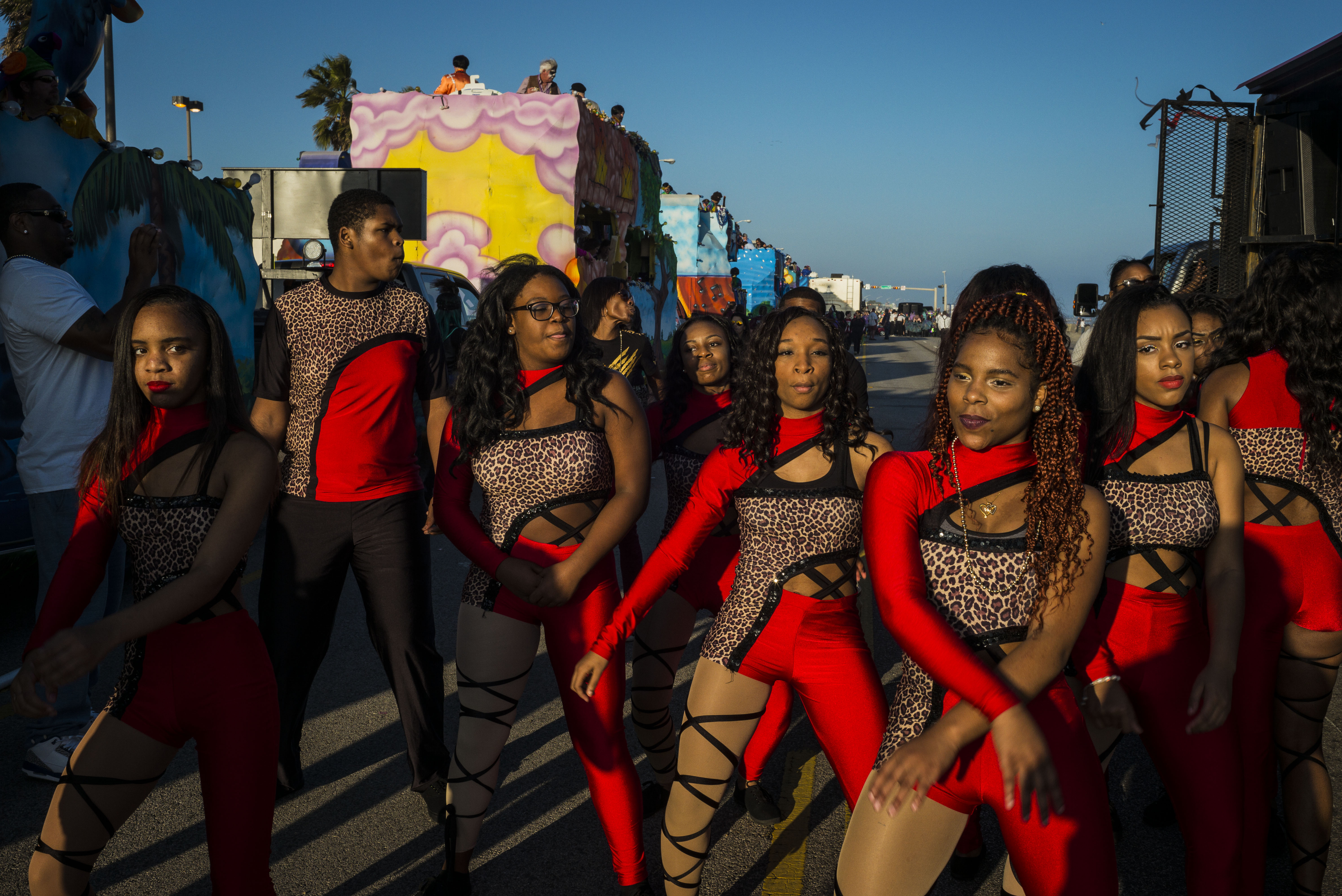
(Photo: Alex Webb/Magnum Photos)

(Photo: Alex Webb/Magnum Photos)
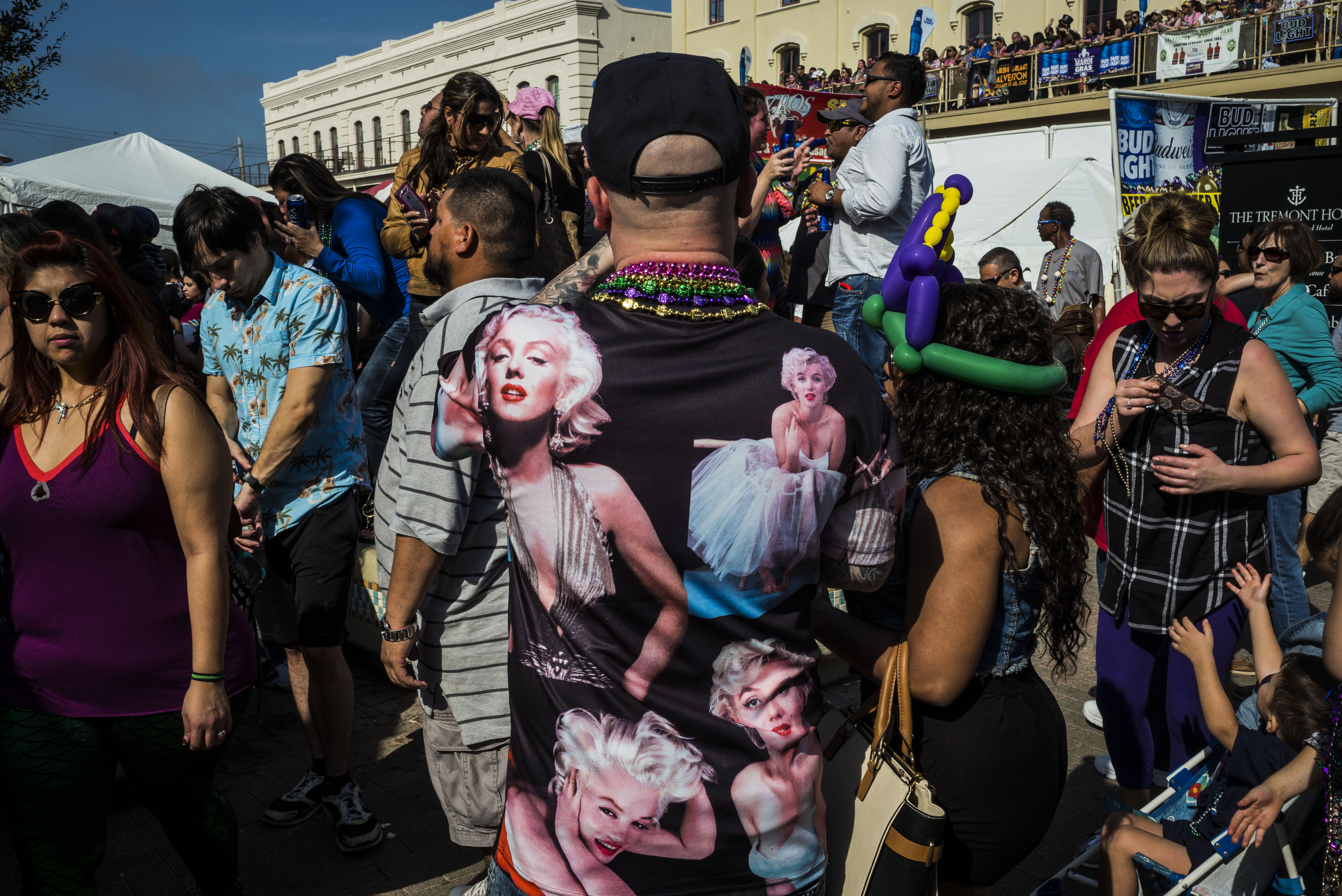
(Photo: Alex Webb/Magnum Photos)
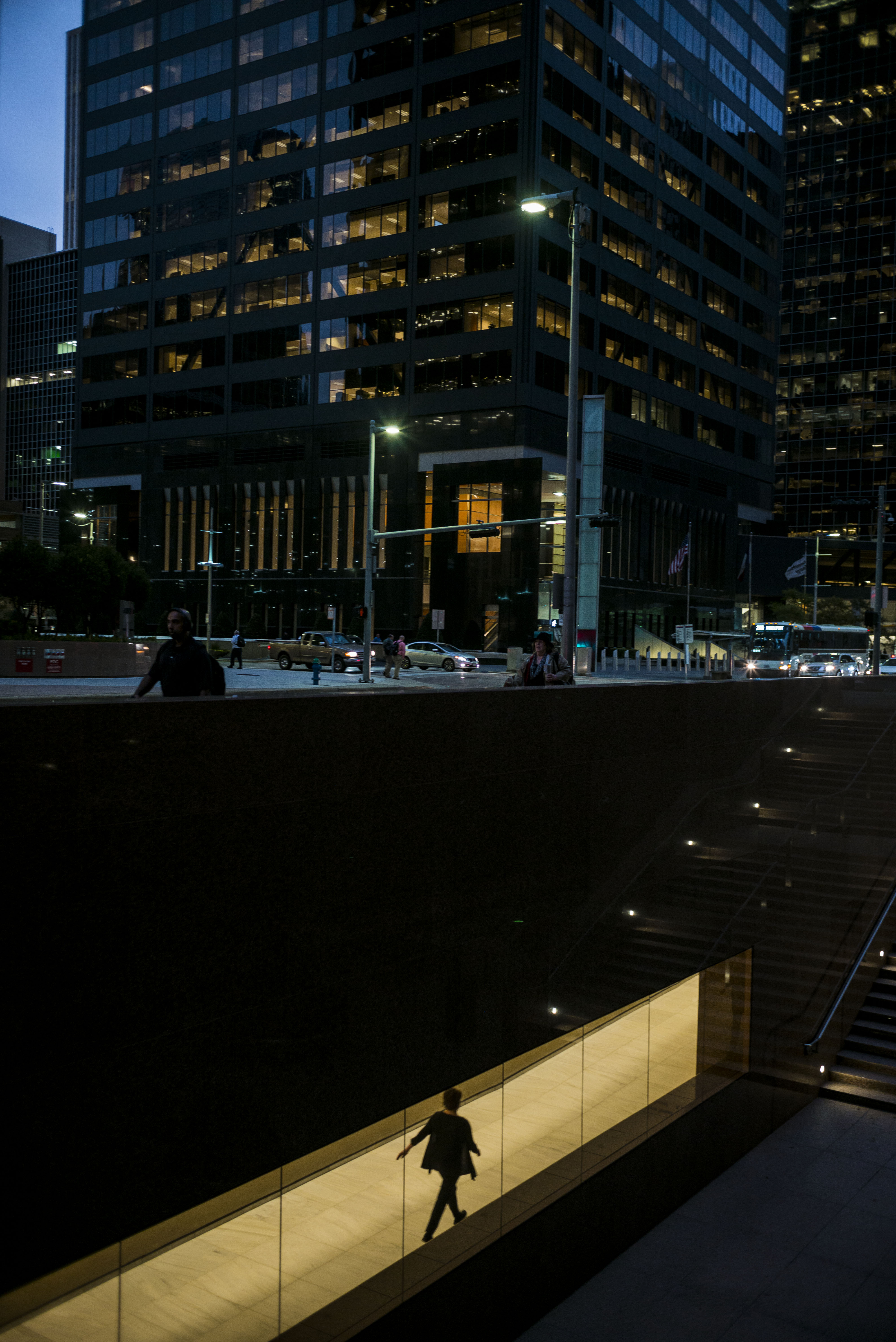
(Photo: Alex Webb/Magnum Photos)

(Photo: Alex Webb/Magnum Photos)
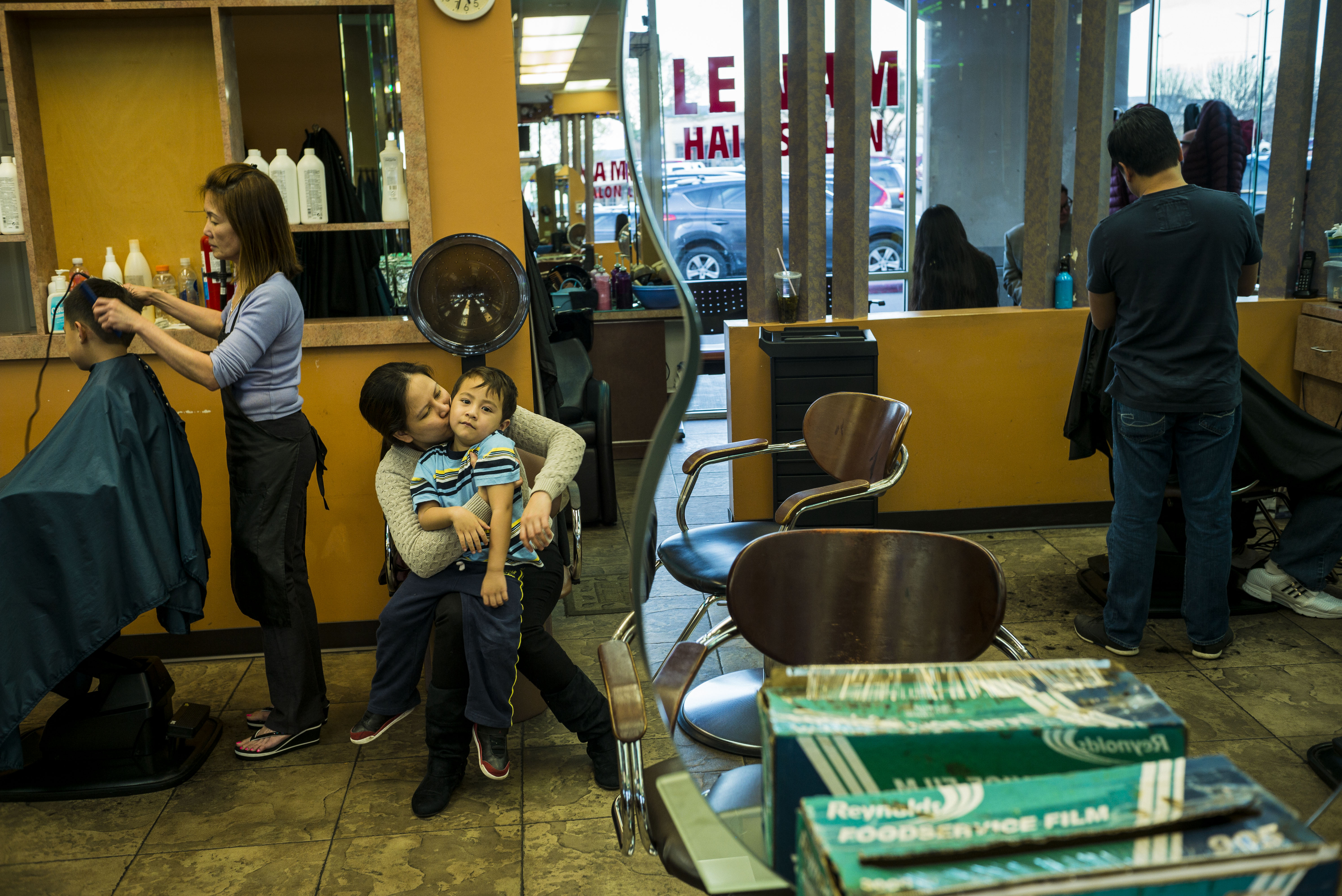
(Photo: Alex Webb/Magnum Photos)

(Photo: Alex Webb/Magnum Photos)
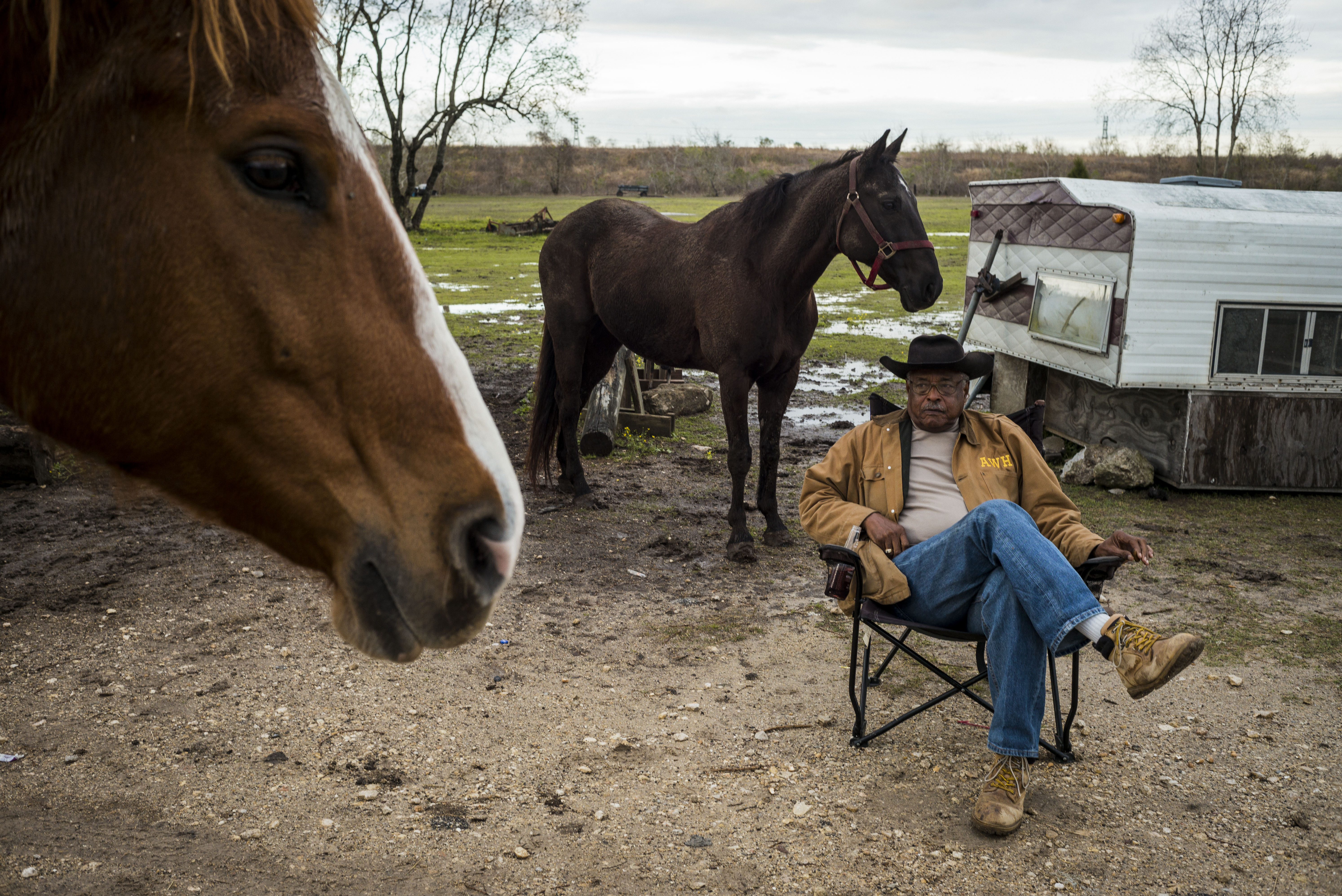
(Photo: Alex Webb/Magnum Photos)
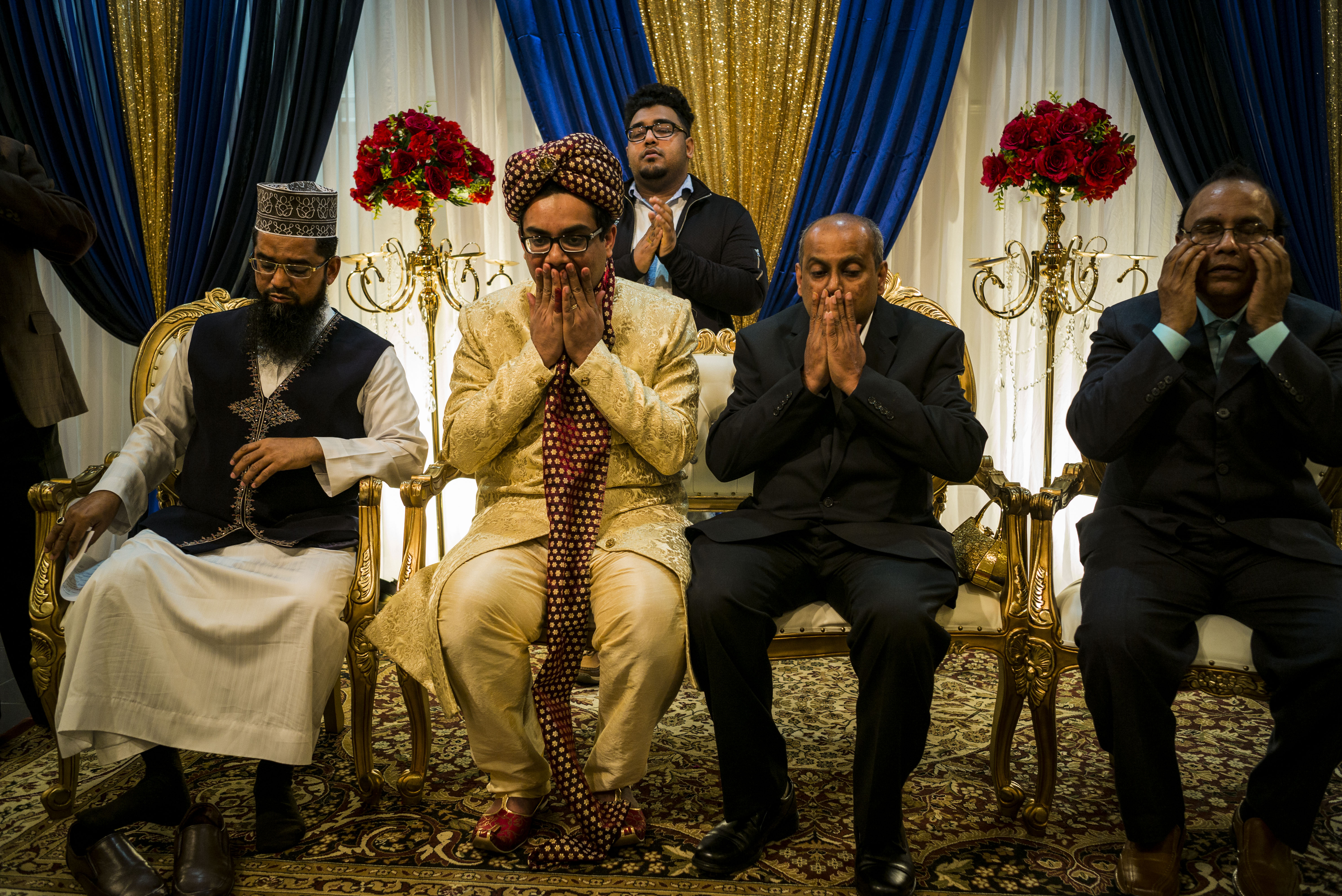
(Photo: Alex Webb/Magnum Photos)
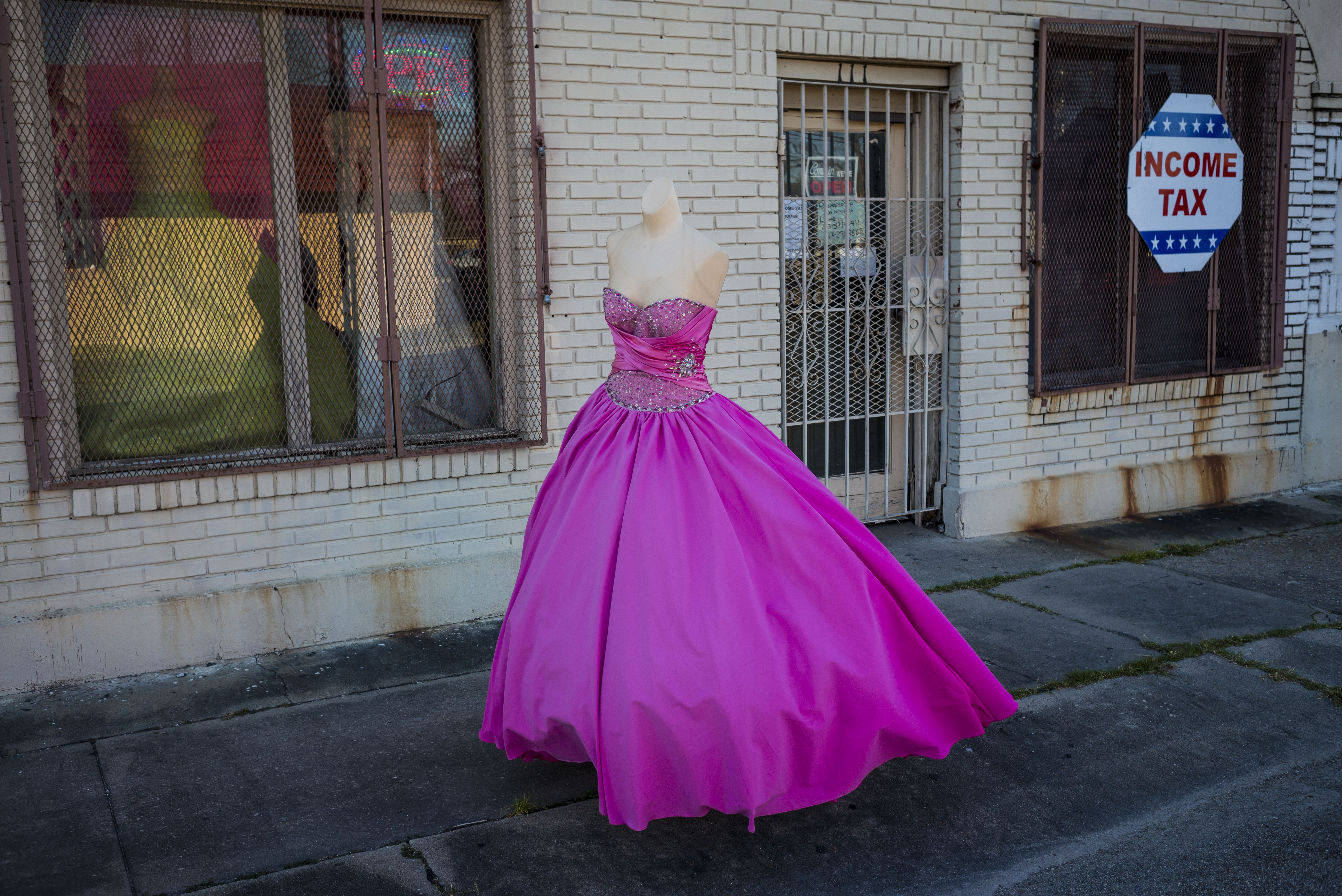
(Photo: Alex Webb/Magnum Photos)
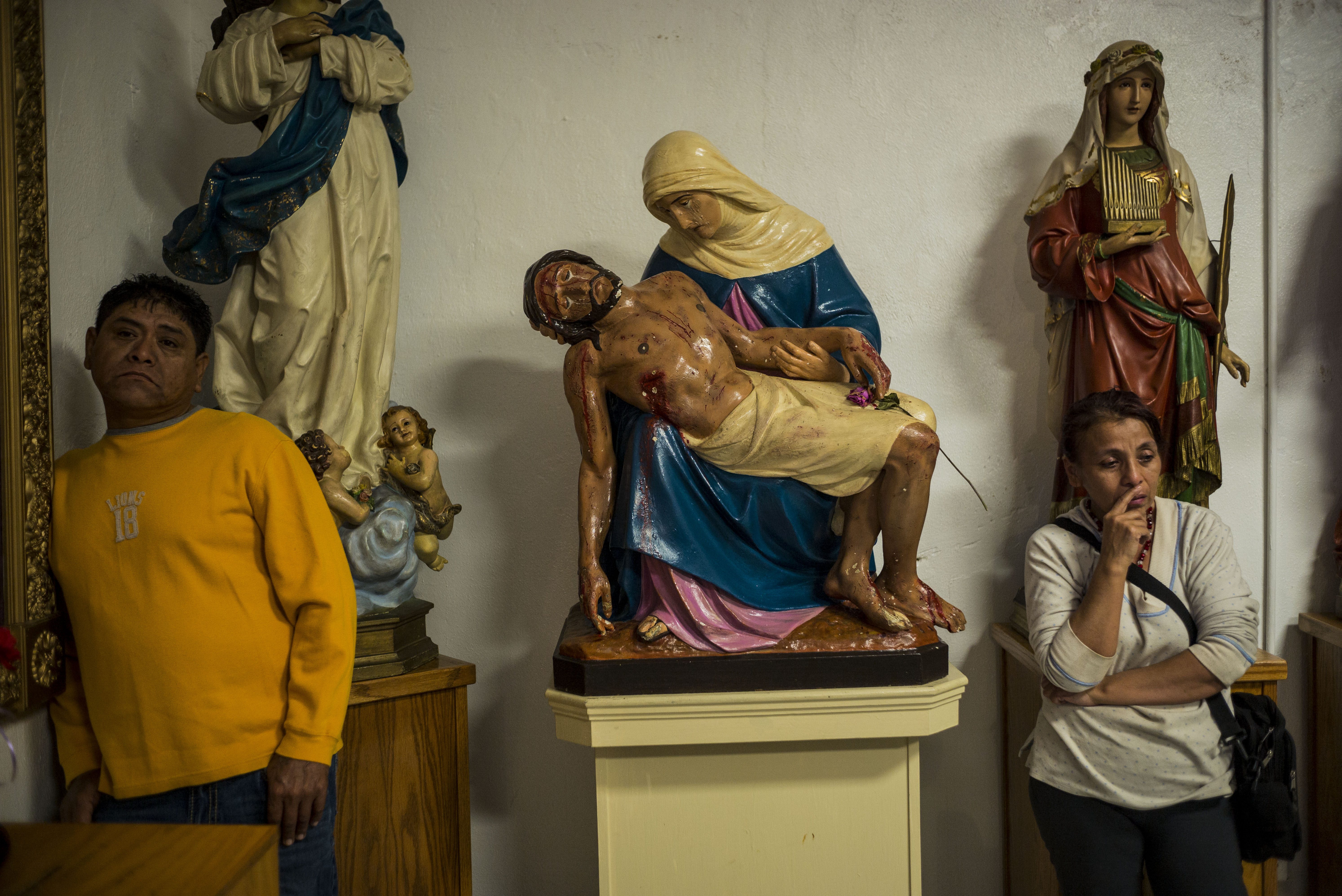
(Photo: Alex Webb/Magnum Photos)

(Photo: Alex Webb/Magnum Photos)

(Photo: Alex Webb/Magnum Photos)
A version of this story originally appeared in the July 2017 issue of Pacific Standard, which was produced in partnership with Magnum Photos.





